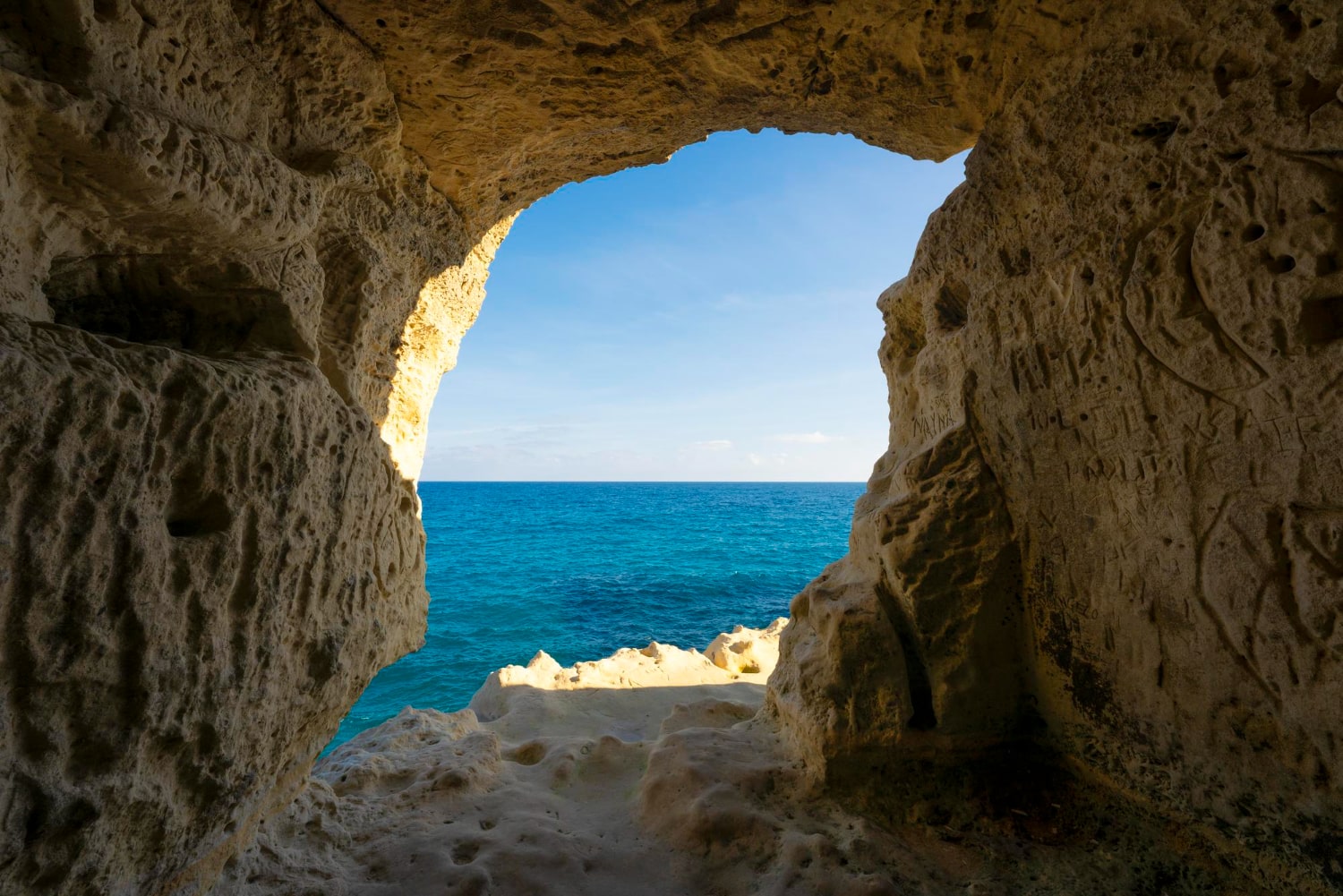Grottoes are natural underground cavities formed by erosion and the dissolution of rocks by water. They can vary greatly in shape and size, from small caverns to vast underground systems. Many grottoes have historical, cultural, or scientific significance and are often used for research, tourism, or even as shelters for people and animals. Grottoes conceal many secrets, and exploring them helps uncover fascinating aspects of nature. Here are some captivating facts about grottoes that may surprise you.
- Grottoes mainly form in karst regions where rocks like limestone dissolve through water. During this process, underground rivers, stalactites, stalagmites, and other interesting formations emerge. This takes thousands or even millions of years, resulting in stunning underground landscapes.
- One of the largest and deepest grottoes in the world is the “Vrtna” grotto in Australia. Its depth reaches 508 meters, and its length exceeds 10 kilometers. This grotto is part of a large karst system that is impressive in both beauty and size.
- Grottoes can have amazing ecosystems. For example, in some grottoes, unique species of animals and plants develop that do not exist anywhere else in the world. One such example is light-sensitive invertebrates that can only survive in the dark conditions of underground systems.
- Many grottoes contain stalactites and stalagmites, which are natural formations created by the deposition of minerals from water. Stalactites grow from the ceiling of the grotto, while stalagmites rise from the floor. Sometimes these formations merge, creating giant columns, which are some of the most impressive natural structures.
- Some grottoes have enormous archaeological significance. They were important sites for ancient people, and many such grottoes contain prehistoric paintings that help study the early stages of human civilization. For example, in the grottoes of France, such as Lascaux, numerous paintings have been found, dating back 17,000 to 20,000 years.
- Grottoes can serve as natural reservoirs for water. Some underground systems contain subterranean lakes and rivers that hold large amounts of water. This is particularly important in areas where water resources are limited, and underground aquifers are used for providing drinking water.
- Grottoes are also used for scientific research, especially in geology and paleontology. For example, in grottoes, researchers can study ancient rocks, fossils, and even prehistoric microorganisms that provide insight into conditions on Earth millions of years ago.
- The largest underground grotto in the world is the “Farley” grotto in the United States, which stretches over 640 kilometers. It is part of a massive underground system that attracts thousands of tourists and is also used for hydrology and geology research.
- Many grottoes are known for their unique acoustics. Some grottoes can amplify sound, transforming them into natural musical instruments. This has become the basis for many concerts and performances in these grottoes, where the sound creates an incredible atmosphere.
- In several countries, there are underground tourist routes that allow visitors to explore grottoes. One of the most popular such places is the grotto system in Spain, known for its stalactites and stalagmites that form amazing natural shapes.
- Some of the most spectacular grottoes are located in Italy, particularly the “Grotta Azzurra” grotto on the island of Capri. This grotto is famous for its incredible blue water, which is created by special light passing through the water through a small opening.
- Grottoes also serve as important cultural sites. In some grottoes, religious ceremonies or festivals are held, especially in countries where this tradition has been preserved for centuries. In some cultures, grottoes were considered sacred places, and people came here for meditation and prayer.
- In some grottoes, there are subterranean lakes whose water not only has a special color but also a unique chemical composition. For example, in Mexican grottoes, there are lakes with high levels of hydrogen sulfide, creating dangerous conditions for humans, but these environments provide a habitat for certain organisms.
- Some grottoes offer opportunities for underwater exploration. Submarine grottoes, such as those in the Caribbean Sea, are among the least explored places on the planet. They represent a true labyrinth for researchers who study underground waters and ecosystems.
- It is known that some grottoes offer opportunities for specialized tourism, particularly for spelunkers and divers. These grottoes can contain unique minerals, underground formations, and ancient karst features, attracting adventurers and scientists from around the world.
These interesting facts about grottoes show just how many secrets and mysteries lie in the underground world. Studying these natural formations allows us to learn more about Earth’s geological history and appreciate the unique beauty of the subterranean world. Fascinating facts about grottoes highlight how important these natural formations are for science and tourism, as well as for cultural heritage. Grottoes are not only places for research but also part of nature that captivates and surprises us with its grandeur.





